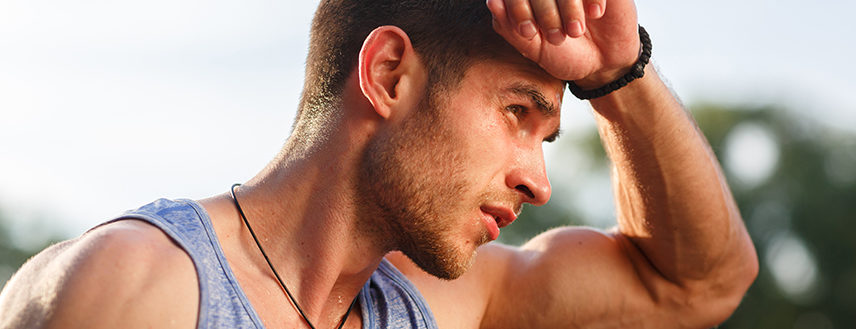
Summer is right around the corner. It’s the perfect time to get outside and exercise. There are so many more fun options including swimming, paddling, running, cycling and even gardening. But the summer heat can be dangerous if you’re not careful, particularly in areas with extreme heat and humidity.
The biggest issue is usually dehydration and maintaining a proper balance of electrolytes and salt. When you sweat, your body not only loses water, but salt and electrolytes as well. The proper balance of all these is crucial to keep your body functioning properly.
If you don’t drink enough water, you can get dehydrated and suffer from light-headedness and nausea. If not recognized, dehydration can even result in kidney failure and or, in extreme cases, death. However, if you drink too much water without replenishing your electrolytes, you can experience hyponatremia. This can lead to confusion, nausea, muscle cramps, seizures or even death in extreme cases.
Here are some things to remember when it comes to exercising in the heat:
- Choose the Right Time of Day – Unless you’re training for an event that takes place in the daytime heat, avoid exercising during the hottest part of the day – generally between 10am to 3pm. Early morning and evening is best, especially if it’s going to be scorcher that day.
- Wear Loose, Light-Colored Moisture Wicking Clothing – The lighter color helps reflect heat, and moisture wicking material will pull the moisture away from the body and keep you cool. Some workout clothing offers Ultraviolet Protection Factor (UPF) sun protection as well.
- Apply Ample Sunscreen – If you’re going to be exercising outside, you absolutely must use sunscreen to protect your skin from the sun’s damaging UV rays. Even if it’s cloudy or overcast, don’t be fooled. UV rays can penetrate the clouds and cause damage to your skin.
- Stay Hydrated – Before going out, drink a glass or two of water. Carry a bottle of water or even a hydration pack or belt. Take a drink every 15 minutes, even when you’re not thirsty. When you’re finished with your workout, have a few more glasses of water.
- Replenish Your Electrolyte and Salt Intake – Drink an electrolyte replacement beverage. You can purchase ready-made electrolyte drinks, but keep in mind that these contain refined sugar and additives such as food dyes. A better option is to make your own electrolyte drink: Mix 12 ounces of water with 1/4 teaspoon of salt, 2 1/2 cups of 100 percent fruit juice and 1/4 cup of lemon juice.
- Check the Weather Forecast – If there’s a heat advisory, meaning high ozone and air pollution, you might want to take your workout indoors. These pollutants can damage your lungs.
Most importantly, listen to your body. Stop immediately if you’re feeling dizzy, faint or nauseous.

Leave a Reply